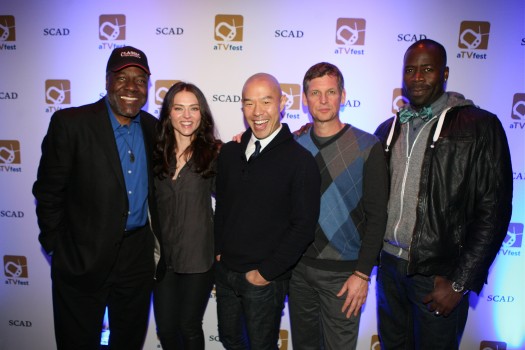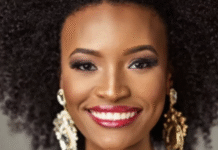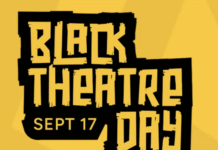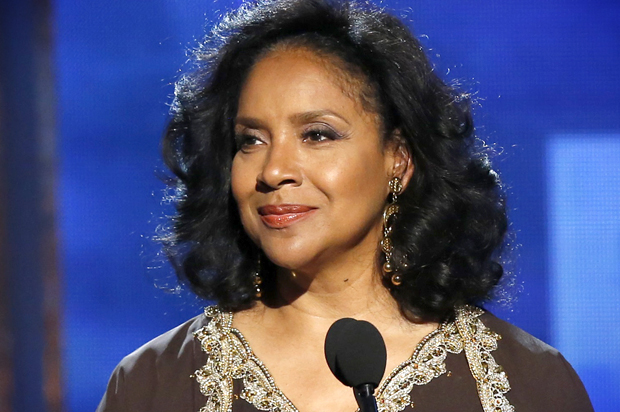
Banshee doesn’t sound like much on the surface. It’s an hour-long Friday night series that chronicles an ex-con Lucas Hood (Antony Starr) who relocates to a fictional Pennsylvania shantytown and takes a dead sheriff’s identity.
That storyline is just the surface of the many complexities that lie beneath the seemingly benign exterior of the show. This show has legs and for good reason – excellent writing, production and acting from a multicultural cast that actually resembles the United States. Banshee is the final installment of Cinemax’s trilogy of original primetime television. The cable network – for 32 years and 17 million subscribers – was exclusively a purveyor of feature films and weekend late night soft core blocks.
Banshee features bleaker, grittier production than anything previously aired on Cinemax. The cinematography blurs the aesthetics of a bold, graphic comic book with obscure, pulp indie films. Created by writers Jonathan Tropper and David Schickler, Banshee’s multicultural cast, all from the theater world, agrees the show marries strong storytelling with subtle character development.
Hoon Lee portrays Job, an Asian, foul-mouthed, cross-dressing computer genius. Banshee marks the first time in Lee’s career he’s worn flamboyant costuming. “No one gets into acting to be comfortable. They want to be pushed, to grow, develop and try things that are challenging,” says Lee.
The cast says Emmy Award-winning director Greg Yaitanes and Academy Award-winning screenwriter Alan Ball are small screen visionaries. Filmed around Charlotte, N.C., a spontaneous, family-styled work ethic was encouraged on-set. Yaitanes frequently shot scenes out of order (episode four was in production before the pilot). Filming two episodes at a time was a norm.
In Banshee’s pilot episode alone, there are sequences marked with shed blood, illicit sex and explosions. Aryan characters violently taunt the Amish. In another shocking scene, the wealthy owner of a slaughterhouse, Kai Proctor (Ulrich Thomsen), forces one of his live-in ethnic mistresses, dressed in an Amish costume, to give him fellatio.
Lee adds the androgyny, though well-received, sets up his character’s depth. “At some point, you release your performance into the process. [Greg] and the entire executive team made us feel very safe in that way. There’s so much vulnerability from the actors and so much action,” says Lee.
Frankie Faison portrays Sugar Bates, an ex-boxer that befriends and often cautions Starr’s character, Lucas Hood. As one of Banshee’s two central black cast members, Faison suggests the character he portrays falls in sync with his personality. “I’m the voice of reason. I feel like it’s who I am. I’m grounded in reality. I like to give advice,” says Faison.
Faison was an influence on Demetrius Grosse, Banshee’s second black cast member, during production. Grosse plays Emmett Yawners, a former Penn State football standout who trades the gridiron for law enforcement. Yawners is married to a white woman, but Grosse keeps tight lips about the story arc. He calls Banshee “a slice of life show.”
“[Banshee] looks at all of that. The race issue in America is actually being looked at and tackled head on with subtlety, taste and a little provocation. I want America to see themselves – the melting pot, the salad bowl – but the metaphors are real” says Grosse.
So why would a show such as Banshee strike a chord? Rus Blackwell, who plays noble defense attorney Gordon Hopewell, believes Banshee is genuine entertainment. “Our job was to show up with a good backstory. When we show up on set, there’s a familiarity happening already. That’s all there is.” says Blackwell.
This post was written by Christopher A. Daniel.
Christopher A. Daniel is a pop cultural critic and music editor for The Burton Wire. He is also a contributing writer for Urban Lux Magazine and Blues & Soul Magazine. Follow Christopher @Journalistorian on Twitter.
Like The Burton Wire on Facebook. Follow us on Twitter @TheBurtonWire.








